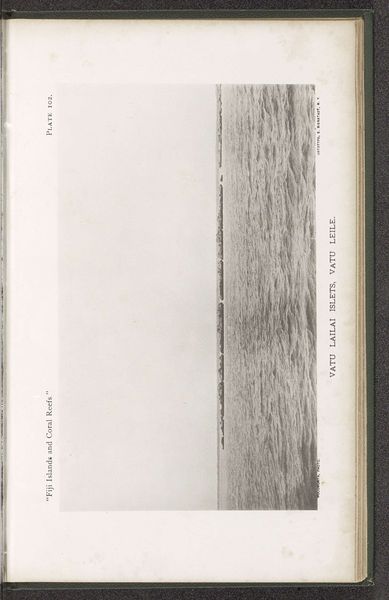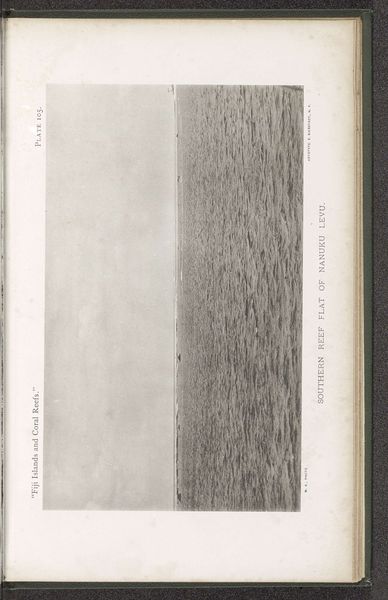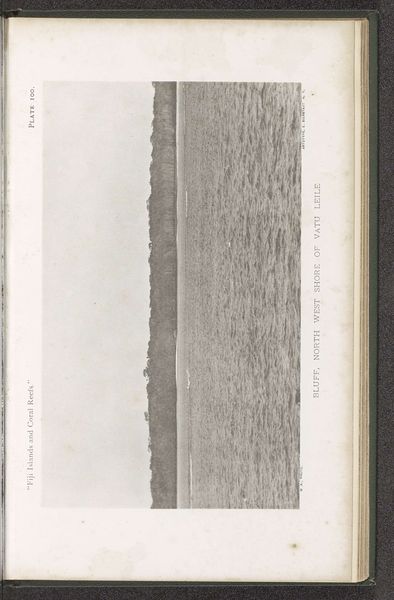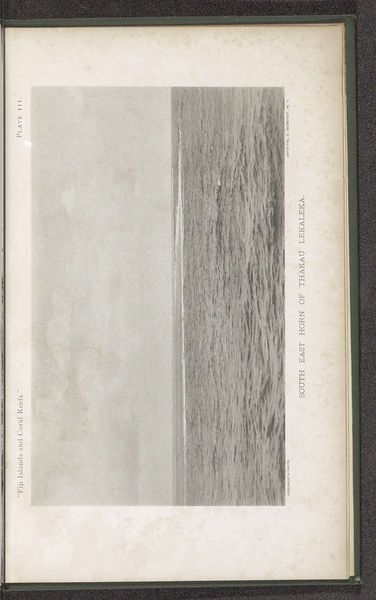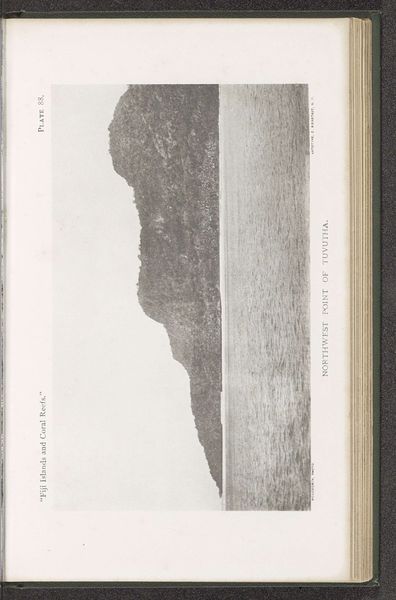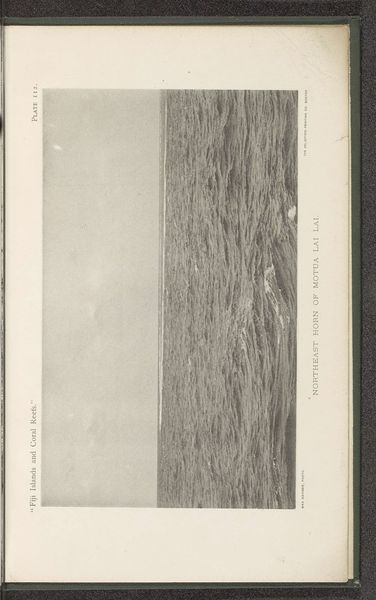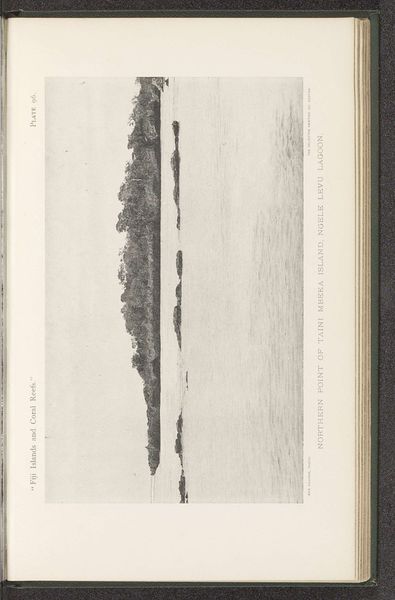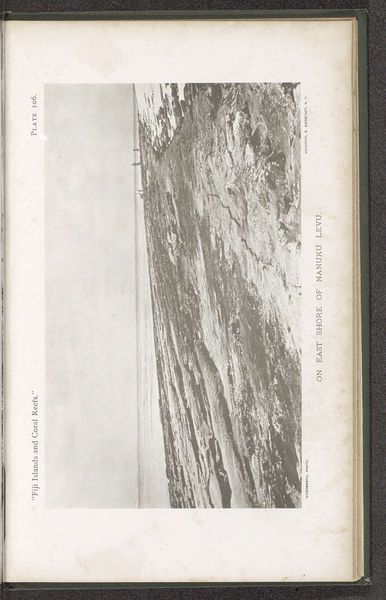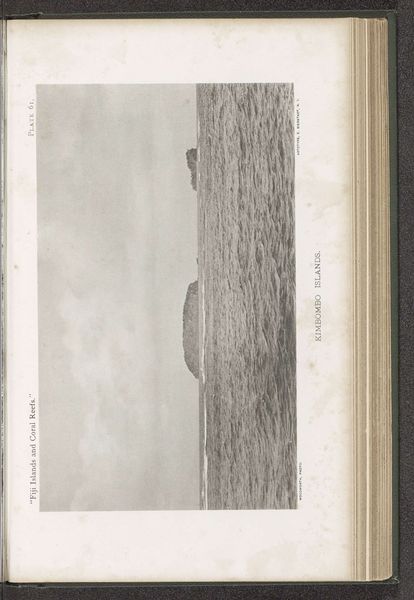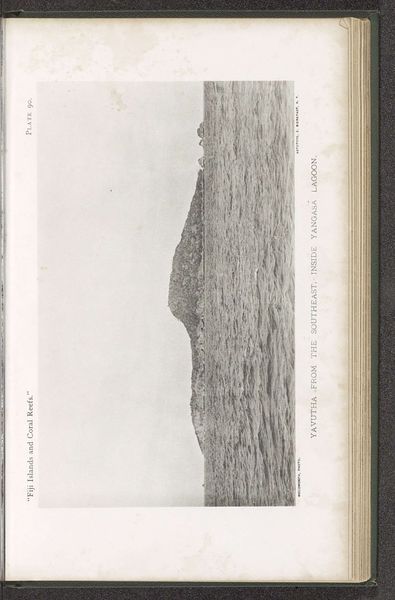
print, photography, gelatin-silver-print
#
pictorialism
# print
#
landscape
#
photography
#
ocean
#
gelatin-silver-print
Dimensions: height 108 mm, width 179 mm
Copyright: Rijks Museum: Open Domain
Editor: So, this is "Gezicht op Wailagi Lala," a gelatin silver print by Maximilian Agassiz from before 1899. It’s incredibly subtle; the textures of the water are almost palpable. What can you tell me about this work? Curator: What strikes me is the relationship between the gelatin silver process and the representation of this island landscape. Photography at this time was not a simple click of a button, it was an involved labor, wasn’t it? Preparing the gelatin emulsion, exposing the plate, developing it… all physical, demanding processes. How does this labour intensive method affect our reading of the photograph as a document of place? Editor: I guess it makes it feel less like a straightforward snapshot. It's like the process itself is adding layers of meaning. It’s not just *recording* the island; it’s transforming it, mediated through all the labour involved. Curator: Precisely. Consider the economic factors at play here too. Agassiz, as a photographer, is participating in a system of colonial representation. These images aren't just artistic endeavors; they were commodities, objects of consumption that circulated within a specific social context, building certain perceptions. What sort of ideas do you think images like this supported? Editor: Perhaps notions of exoticism, a sense of discovery and documentation that’s also inherently tied to colonial power and control? The print itself, the materiality, becomes a physical manifestation of that power dynamic. Curator: Exactly. It underscores the importance of not just seeing the beautiful landscape but questioning *how* we are seeing it and through whose hands this representation has been mediated. A landscape is more than a pretty vista – its history of consumption through the colonial process also has an enormous impact. Editor: This really shifts my understanding, it's fascinating how thinking about the process and social context of the materials reveals so much. Curator: Indeed, by interrogating the material processes behind image production, we confront the broader economic and cultural forces shaping our understanding of the world.
Comments
No comments
Be the first to comment and join the conversation on the ultimate creative platform.
